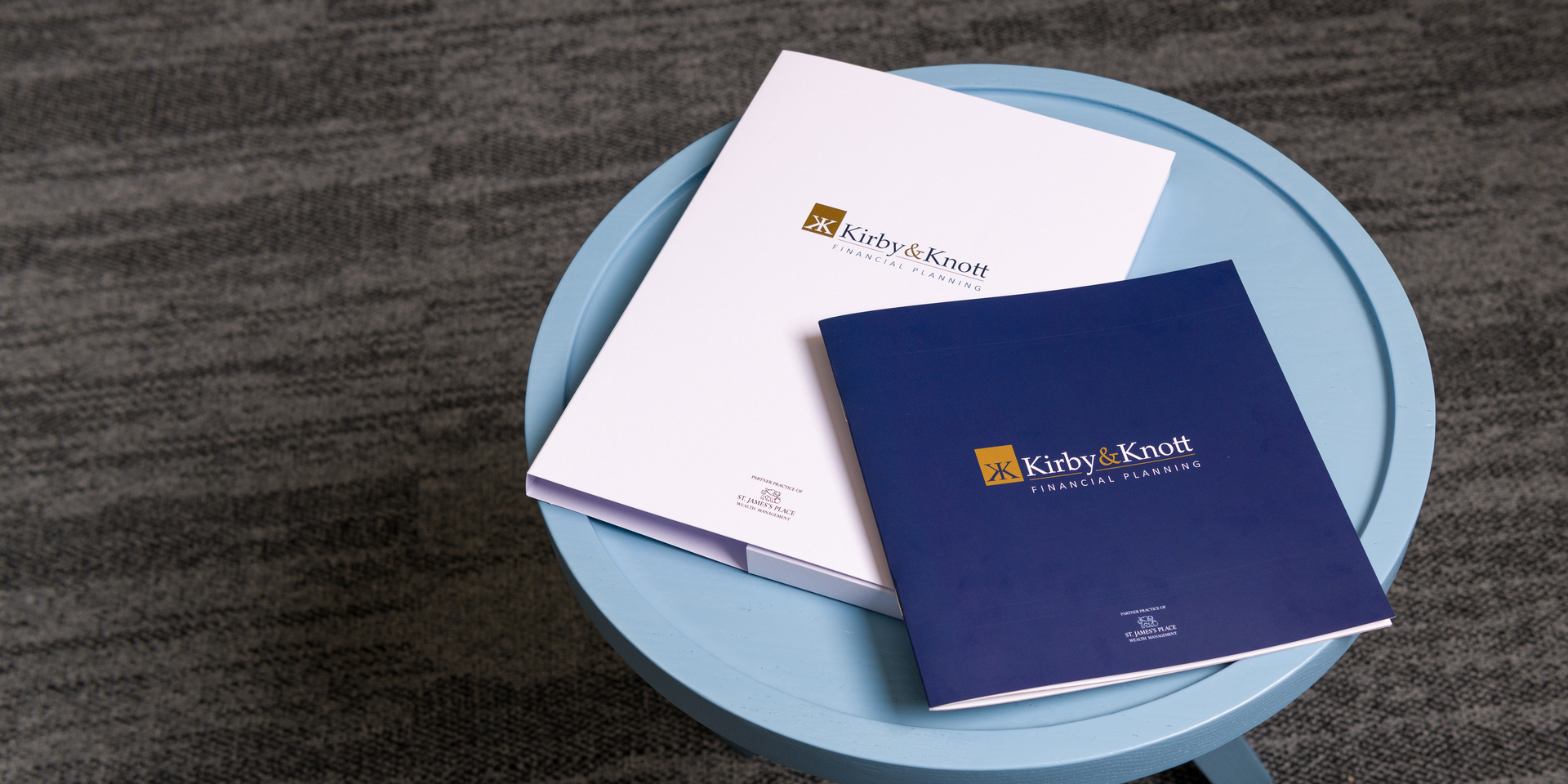What to Expect When You Meet a Financial Planner
Posted on 22nd March 2023 at 13:32
Managing your finances is an important part of living a secure and happy life. However, the process of making financial decisions can be daunting and overwhelming, especially if you don't have the necessary knowledge and experience. That's where a Financial Planner comes in. So what happens when you meet with a Financial Planner and what will you experience?
Our advice is split into at least two meetings:
Meeting One
Establishing Your Goals & Objectives
The first step in the financial advice process is to establish your goals and objectives, such as buying a home, saving for retirement, or paying off debt. Your Financial Planner will work with you to understand your priorities, and your long-term goals.
Assessing Your Current Circumstances
Once your goals and objectives have been established, the next step is to collect and analyse your financial data. This includes your income, expenses, assets, and liabilities. Your Financial Planner will use this information to create a comprehensive financial plan that addresses your specific needs and goals. Your Financial Planner may ask you to sign some Letter’s of Authority for your existing plans.

In Between Meetings
Analysing Your Financial Data
Using Letters of Authority, the Client Services team will request detailed analytical information from any current providers to assess the existing plans suitability towards your goals and objectives. A detailed review covering items such as charges, features, benefits and performance is then completed by our Paraplanner.
Developing Your Financial Plan
This step sees the Paraplanner and the Financial Planner work together to develop your financial plan. This plan will outline the steps you need to take towards achieving your financial goals. Your Financial Planner will work with you to develop a plan that is bespoke to your unique needs and goals. This may include developing an investment strategy, simplifying your existing arrangements, creating a budget, and identifying potential risks and opportunities. Your personalised advice is summarised in a written report.

Meeting Two
Present Your Personalised Recommendations
Present the full recommendations using the written report and possibly Cashflow modelling to help bring the advice to life. These recommendations will carefully set out what the advice is and how they meet your needs and help you towards your objectives. The Financial Planner will also cover a variety of documents to explain the key features of any solutions that are recommended. At this point you will be in a fully informed position on your current circumstances and the most appropriate way of aiming to achieve your goals.
Implement Your Plan
Once your financial plan has been developed, the next step is to implement it. This involves taking action on the steps outlined in your plan, such as opening accounts, setting up a savings plan, or paying off debt. Your Financial Planner will help you take the necessary steps to put your plan into action.
At this stage you become a client of the Practice and enjoy access to the ongoing service when you need it. As a minimum you will be offered a meeting with your Financial Planner once per year to review your personal circumstances and to monitor and review your financial plan. This involves regularly reviewing progress and making adjustments as needed. Your Financial Planner will help you stay on track and make any necessary changes to your plan based on changes in your personal situation or changes in the economy.
In conclusion, the financial advice process is a structured approach to managing your finances. It involves establishing your goals and objectives, collecting and analysing your financial data, developing your financial plan, implementing your plan, and monitoring and reviewing your progress. By working with a Financial Planner, you can develop a comprehensive plan that addresses your unique needs and helps you achieve your financial goals.
The value of an investment with St. James's Place will be directly linked to the performance of the funds you select and the value can therefore go down as well as up. You may get back less than you invested.
Tagged as: Financial advice, financial planners, financial planning, inheritance tax, pension advice, Retirement Planning
Share this post:

